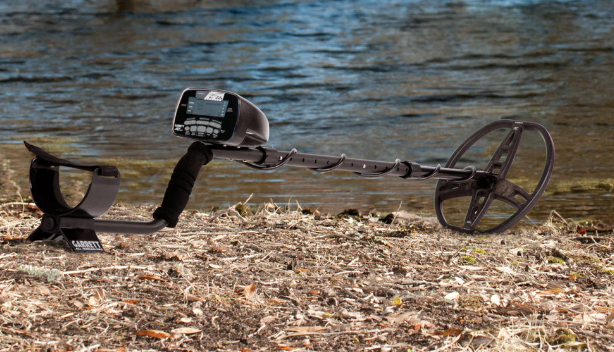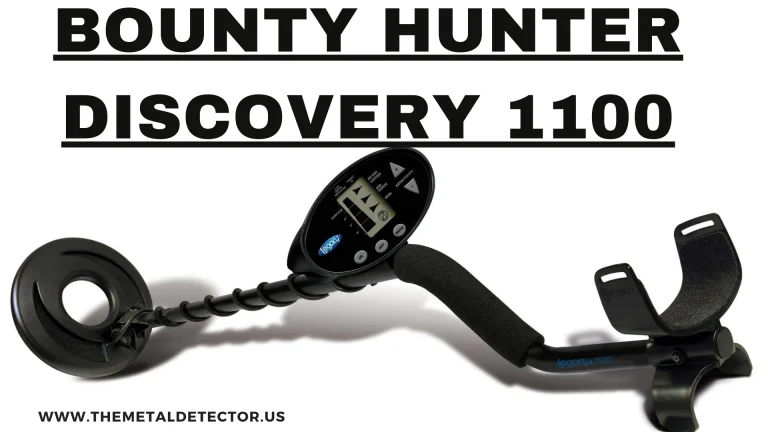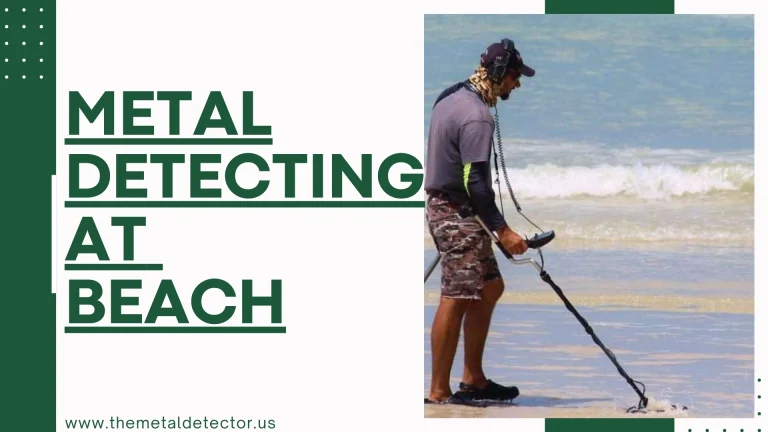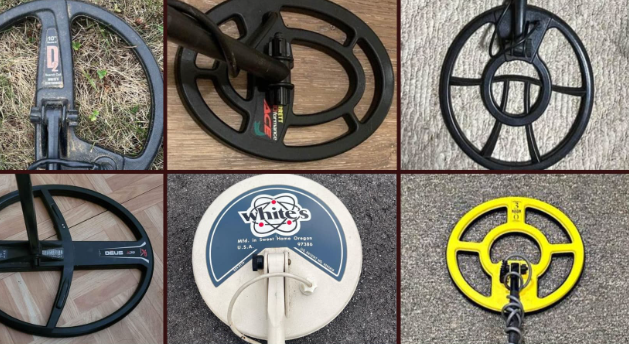Fisher F22 Review: The Best Beginner-Friendly Metal Detector
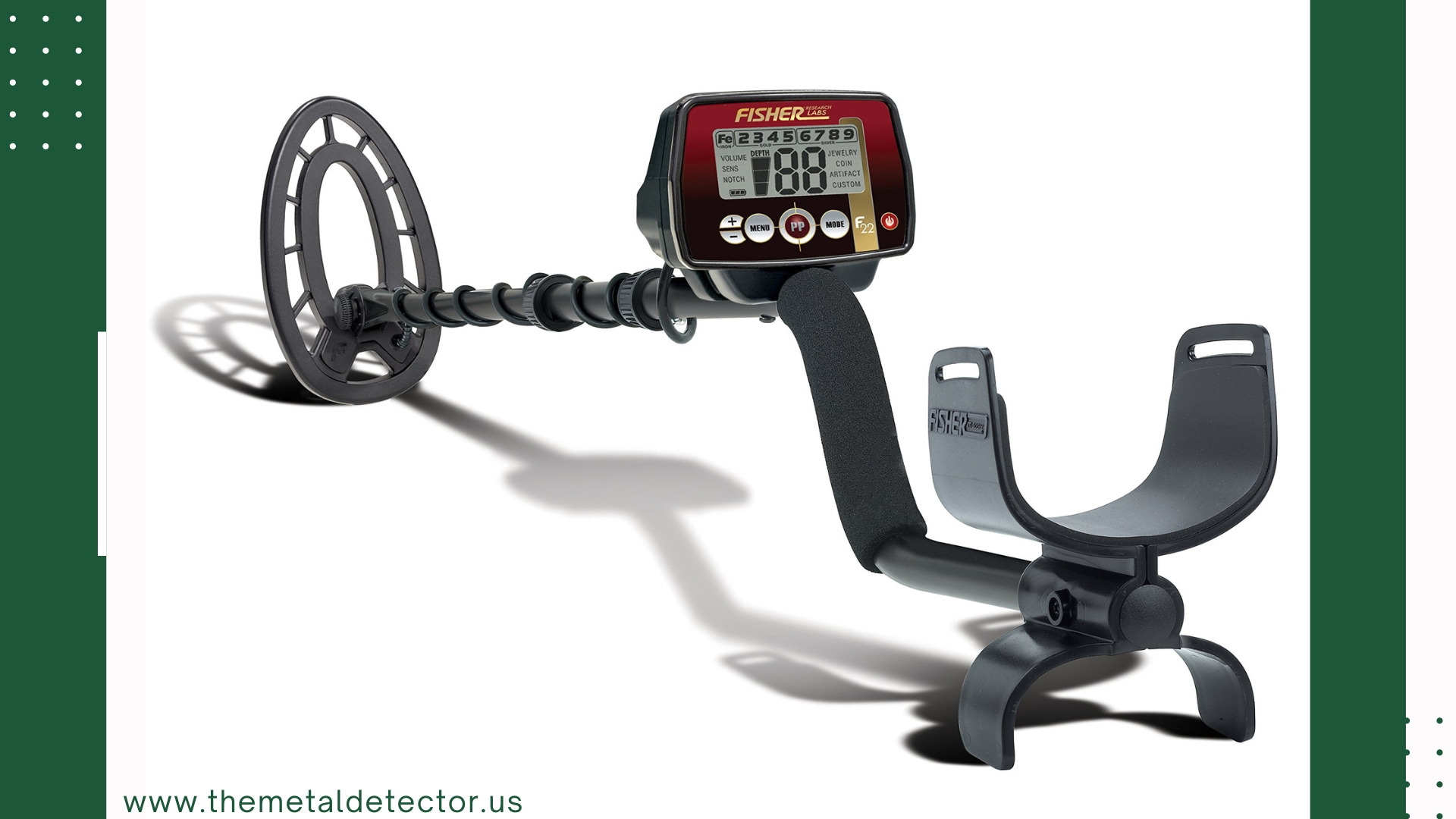
Have you ever thought about finding hidden metals and coins with a tool that is easy to use and reliable in all weather? The Fisher F22 metal detector could be just what you need. It is built to be simple, lightweight, and tough enough to handle the elements. This detector is great for beginners and experienced users alike.
Its weatherproof design means you can keep detecting, even if it starts to rain. The F22 is also very light, making it easy to carry for long periods without feeling tired. Simple controls and clear displays help you find coins, jewellery, and other treasures accurately.
So if you are just starting or looking for a budget-friendly upgrade, the F22 is a solid choice for all kinds of metal-detecting adventures. In this detailed article, I will provide my review of this metal detector which can help you make informed decisions.
History of Fisher F22
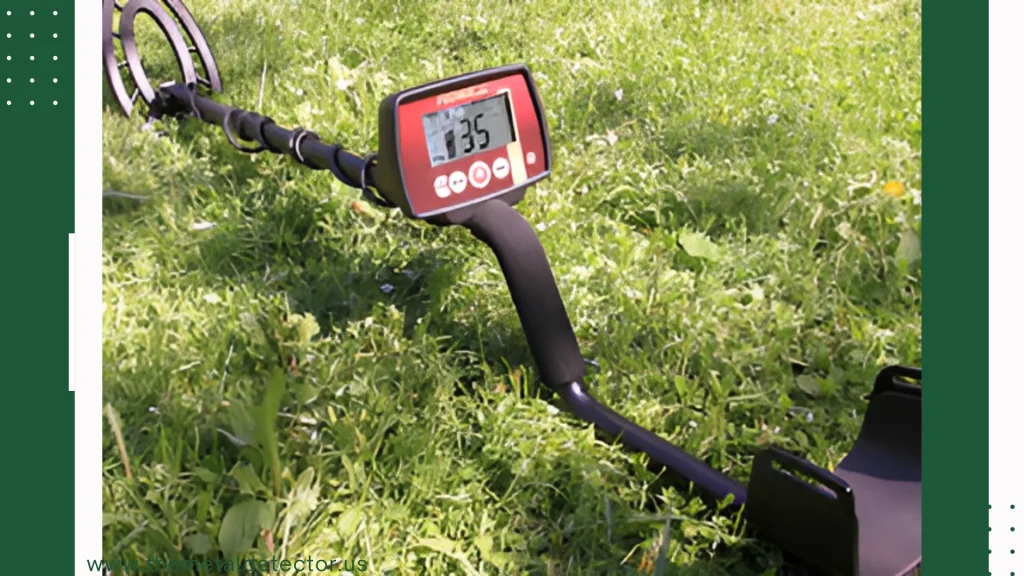
Fisher is one of the oldest and most trusted brands in the metal-detecting world. It was founded in 1931 by Dr. Gerhard Fisher, who is known for developing the first patented metal detector. Since then, Fisher has been a leader in the metal-detecting industry. It is known for creating reliable and affordable detectors for beginners and professionals alike.
The F22 was introduced as part of Fisher’s popular F-series, which focuses on providing detectors that are easy to use, durable, and affordable. The Fisher 22 metal detector was released in 2015. Since then, the F22 quickly gained popularity due to its weatherproof design and user-friendly features.
It was designed to be a step up from the F22, offering improved technology while still being accessible to beginners. Its lightweight design and affordable price made it a popular choice for people looking for a reliable detector without spending too much.
In the metal detecting market, the F22 holds a strong position among entry-level detectors. It competes with other popular models by offering useful features like iron audio, pinpoint mode, and multiple search modes, making it a go-to option for anyone starting out or looking for an upgrade from basic models.
You may also like this insightful article on: How to Detect Metal on The Beach
Key Features F22 Metal Detector
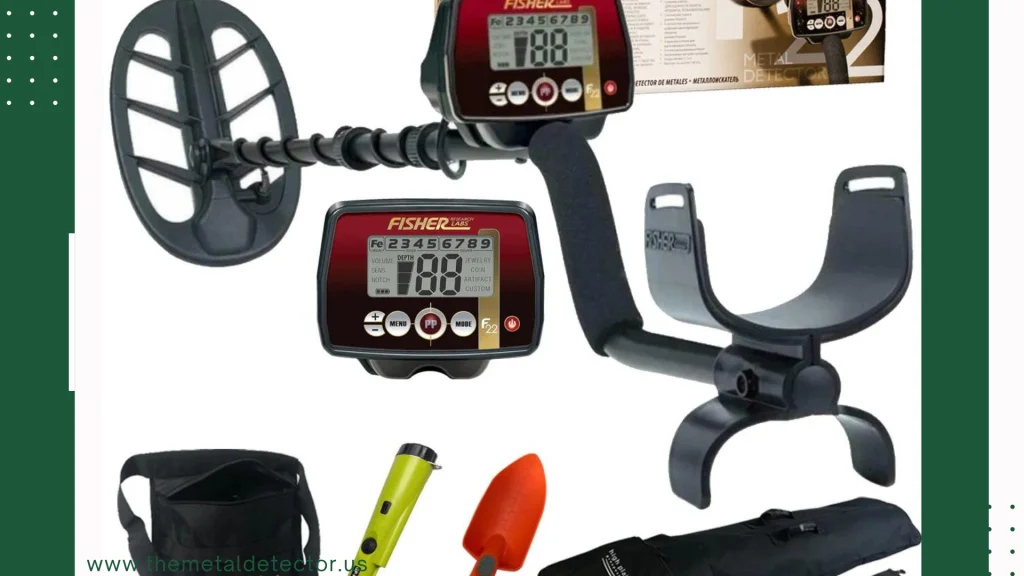
After using the F22 metal detector for some time, I found its features to be quite impressive, especially considering its price range. It is clear that this detector was built for both ease of use and performance. Here is a detailed breakdown of the key features I tested:
Weatherproof Design
One of the things I really like about this metal detector is its weatherproof design. I have used it in light rain and wet conditions, and it performed very well without any issues. While it is not fully waterproof, meaning you can’t submerge it in water, the control box is resistant to rain, allowing you to detect it in damp environments without worrying about damaging the electronic system.
This makes it a good choice for those who want to detect in various weather conditions.
Target ID and Depth Indicator
The Target ID feature on the F22 metal detector is very helpful for identifying what is buried underground. When I tested it, I found that it gave accurate readings most of the time. The Target ID scale ranges from 1 to 99, with lower numbers usually indicating iron and higher numbers representing valuable metals like silver.
The Depth Indicator was also useful, giving a decent estimate of how deep an object is. This made it easier to know when to dig or when to move on, saving me time and effort during my hunts.
4 Modes of Operation
The F22 comes with four different search modes, and I tested each of them to see how they perform:
Jewellery Mode
This mode is designed to find jewellery, and during my tests, it did a good job of ignoring iron and focusing on metals like gold and silver.
Coin Mode
When I used this mode, it was great at finding coins and ignoring other trashy signals like nails. It is perfect if you are just looking for coins.
Artifact Mode
This mode is best for relic detection. It seemed to pick up more signals, including iron, which is helpful if you are searching for older items.
Custom Mode
In this mode, I could set my own preferences for which metals to detect or ignore. I found it very useful because it allowed me to filter out unwanted targets based on my needs.
9-Segment Visual and Audio Target ID
The 9-segment Target ID system is another feature I appreciated. It divides detected metals into nine categories, which are shown on the display, making it easier to identify what kind of metal is buried. The visual target ID is complemented by different audio tones, which give you an additional clue about what is below the surface.
This system is great for quickly deciding whether a target is worth digging. I found that it did a good job of helping me identify coins, jewellery, and other valuable items while filtering out junk.
Iron Audio
The Iron Audio feature really stood out to me when detecting in the areas with a lot of trash. It allows you to hear the iron signals clearly without digging them up. I tested it in a location with lots of iron, and the F22 did a great job of letting me know when there was iron present, so I didn’t waste time digging up unwanted items.
This feature is especially helpful if you are hunting in areas with lots of old nails or other iron debris.
Pinpoint Mode
The Fisher F22 also comes with a pinpoint mode, which I found to be very accurate. When I activated this mode, it helped me to focus on the exact location of a target. This makes digging faster and more efficient. Instead of digging large holes, the pinpoint mode allowed me to dig only where I needed to. It worked well on various targets, including coins and small relics.
Sensitivity and Depth Range
The sensitivity settings on the Fisher F22 can be adjusted, which I found useful when detecting in the areas with different soil types or levels of trash. When I increased the sensitivity, the detector picked up deeper targets, and when I lowered it, I was able to avoid false signals from small, unwanted items.
The F22 also has a decent depth range for an entry-level detector. I was able to find targets that were about 6-8 inches deep, which is more than enough for most casual hunts.
You can also buy the Advanced Bounty hunter discovery 3300 metal detector from our site.
Performance Review of the F22 Metal Detector
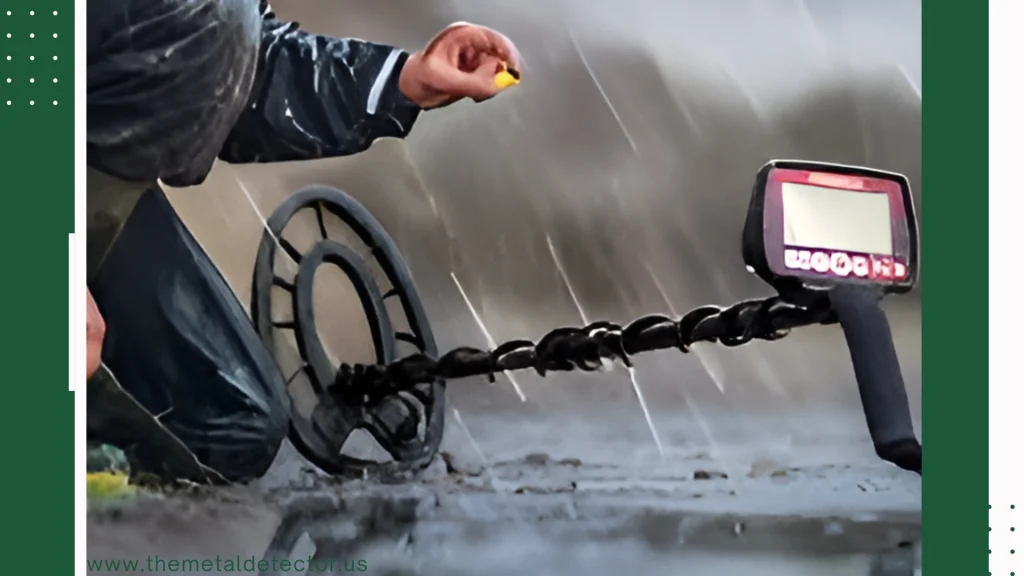
After thoroughly testing the Fisher F22 metal detector, I can confidently say that it delivers solid performance for its price range. The detector is responsive and quick to pick up targets, and the Target ID system is both accurate and easy to understand. I appreciated the way it consistently gave clear signals, helping me distinguish between valuable finds like coins and junk items like bottle caps.
The different tones for various metals are a huge plus point. It allows me to make quick decisions on whether or not to dig without constantly looking at the screen. This makes the detecting process much more efficient and enjoyable.
The weatherproof design adds a lot to its performance. I used the F22 in light rain and didn’t have to worry about damaging the unit. Although it is not fully submersible, its ability to handle damp environments gave me peace of mind while detecting near water or in rainy conditions.
The depth indicator also worked well, allowing me to estimate how far I needed to dig. I found targets at depths of around 6-8 inches, which is more than enough for casual detecting. The adjustable sensitivity made it versatile enough for various terrains, allowing me to filter out unwanted signals when necessary.
One of the standout features for me was the pinpoint mode, which really improved the overall performance. It made target recovery much faster and more precise, saving me time and effort during each hunt. In more trash-heavy areas, the Iron Audio feature was particularly useful, helping me avoid digging up unwanted iron items.
Overall, the Fisher F22 offers great value in terms of performance, making it a reliable and easy-to-use detector for both beginners and professionals.
Specifications of F22 Metal Detector

| Feature | Specification |
|---|---|
| Operating Frequency | 7.69 kHz |
| Weight | 2.3 lbs (1.04 kg) |
| Search Coil | 9-inch elliptical waterproof coil |
| Battery Type | 2 AA batteries |
| Battery Life | Up to 25-30 hours |
| Target ID | 1-99 numeric Target ID |
| Operating Modes | 4 (Jewelry, Coin, Artifact, Custom) |
| Audio Tones | 4-tone audio ID |
| Pinpoint Mode | Yes |
| Iron Audio | Yes |
| Sensitivity Levels | Adjustable (10 levels) |
| Depth Indicator | Yes (up to 8 inches) |
| Weatherproof | Yes (the control box is rain-resistant) |
Pros and Cons

Pros
Cons
Comparison with Competitors
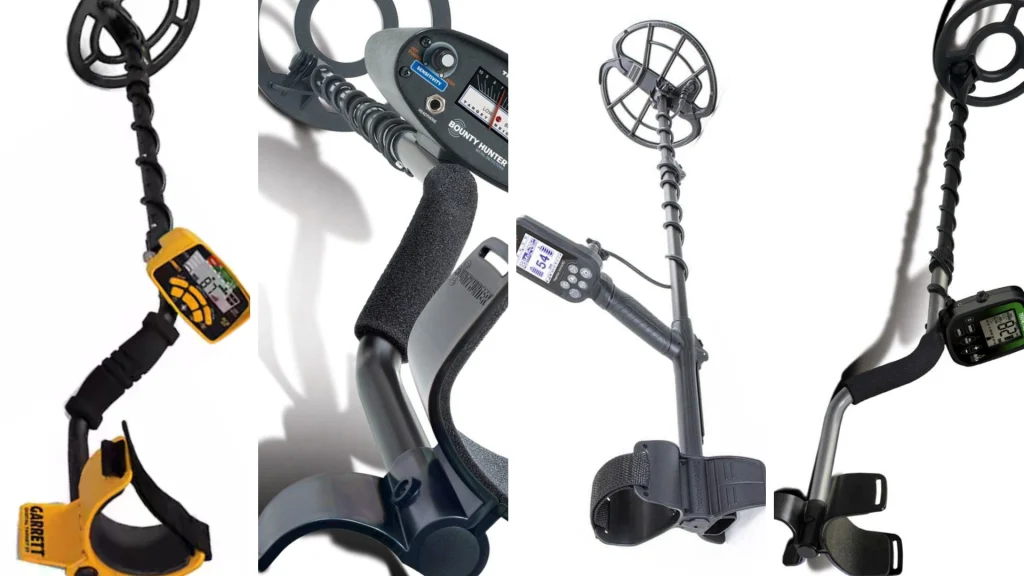
When comparing the Fisher F22 with other metal detectors in the same price range, I found some interesting differences and similarities. Here is my experience with a few competitors and how the Fisher F22 competes with them.
Fisher F22 vs. Garrett ACE 300
The Garrett ACE 300 is one of the closest competitors to the Fisher F22. Both detectors are well-suited for beginners, and they come at a similar price point. The ACE 300 has a slightly higher operating frequency at 8 kHz compared to the F22’s 7.69 kHz. This means the ACE 300 might have a slight edge when detecting smaller items, like tiny jewellery.
However, when it comes to ease of use, I found the F22 to be a bit more user-friendly. The F22’s display is more straightforward, and its buttons are easier to navigate. Both detectors offer similar target ID and discrimination features, but the F22 has the advantage of being weatherproof.
This makes it more durable in light rain or wet conditions. The ACE 300 does not have this weatherproof feature, so you might need to be more careful when using it in damp areas.
Fisher F22 vs. Bounty Hunter Tracker IV
The Bounty Hunter Tracker IV is one of the more affordable detectors in this range, but it lacks some of the features the F22 offers. For example, the Tracker IV doesn’t have a digital display, which makes it harder to understand the target ID and depth readings. Instead, it uses a basic knob system, which can be a bit old-fashioned compared to the Fisher F22’s modern interface.
Performance-wise, the Tracker IV is decent for finding coins and small relics, but it is not as accurate in discrimination as the Fisher F22. I found that the F22 saved me more time by avoiding junk targets like bottle caps and nails. If you are looking for a simple and budget-friendly option, the Tracker IV is okay, but the Fisher F22 provides a more polished experience with its advanced features.
Fisher F22 vs. Nokta Makro Simplex+
The Nokta Makro Simplex+ is slightly more expensive than the Fisher F22, but it offers some extra features that might appeal to more experienced users. The Simplex+ comes with a higher operating frequency of 12 kHz, which helps in finding smaller items and even gold. It also has built-in wireless headphones and is fully waterproof, so you can even use it for underwater detection.
However, I still think the Fisher F22 is a better choice for beginners. The Simplex+ has more settings and options, which could feel overwhelming for someone just starting out. The F22, with its simpler layout and weatherproof design, feels like a more balanced option for casual treasure hunters who don’t need advanced features right away.
Fisher F22 vs. Teknetics Delta 4000
The Teknetics Delta 4000 is another competitor in this price range. It has a similar digital display to the Fisher F22, showing the target ID and depth information. One thing I liked about the Delta 4000 is that it has a larger display, making it easier to see the information.
However, the Fisher F22 is still the better option in terms of performance. The F22’s pinpoint feature works more accurately, and its audio tones are clearer. The Delta 4000 also doesn’t have a weatherproof feature, which can be a disadvantage if you’re detecting in damp conditions.
Conclusion
After using the Fisher F22 and comparing it with other detectors, I believe it is a great option for anyone starting with metal detecting. It is easy to use, has helpful features like weatherproofing and pinpoint mode, and performs well in different environments. The simple controls and lightweight design make it a perfect choice for beginners who don’t want a complicated detector.
While it may not have the advanced features of more expensive models, the F22 still offers excellent value for its price. It is reliable, accurate, and fun to use, especially for people looking to find coins, jewellery, and small relics. Whether you are just starting out or want a budget-friendly upgrade, the Fisher F22 is a solid choice for casual treasure detectorists and beginner detectorists.


